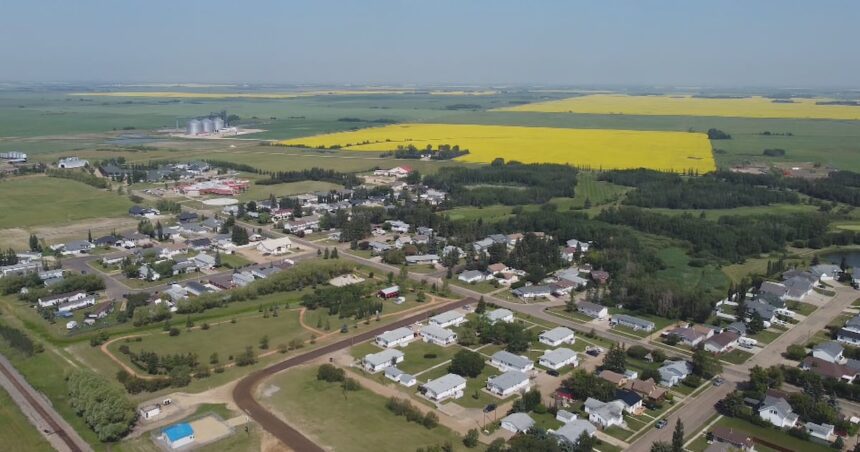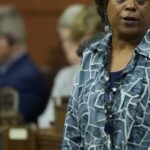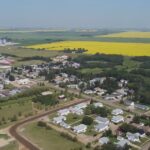A growing wave of independent candidates is emerging across Alberta’s political landscape, challenging the province’s long-standing Conservative dominance as the 2025 federal election approaches. These political newcomers aren’t just running as protest candidates—they represent a genuine grassroots movement responding to voter dissatisfaction with partisan politics.
“People are tired of politicians who put party before community,” says Marielle Thompson, an independent candidate in Calgary-Heritage. “When I talk to voters at their doorsteps, they tell me they want someone who will fight specifically for local issues without being constrained by party leadership.”
The rise of independents in Alberta—traditionally one of Canada’s most reliably Conservative voting blocs—signals a potential shift in the political winds. According to recent polling data from the Institute for Canadian Electoral Analysis, support for independents in several Alberta ridings has doubled since the last election cycle, reaching as high as 18% in some districts.
Conservative Party officials have taken notice. Internal party documents obtained by CO24 Politics reveal strategic concerns about vote splitting in what were once considered safe Conservative seats. The party has reportedly increased campaign spending in several Alberta ridings previously considered secure.
Independent candidate Jordan Khalil, challenging in Edmonton-Centre, believes the movement represents something deeper than traditional political realignment. “This isn’t about left versus right anymore. It’s about whether Ottawa is actually hearing Alberta’s concerns on economic transition, infrastructure needs, and healthcare funding,” Khalil told CO24 in an exclusive interview.
What makes this independent surge particularly noteworthy is the caliber of candidates. Many come with impressive professional backgrounds—former business executives, community organizers, and public service veterans—rather than political outsiders with limited experience. Their campaigns are well-funded too, with several independents reporting record fundraising from small donors disillusioned with mainstream party politics.
Political science professor Dr. Amrita Singh from the University of Alberta notes this trend extends beyond Alberta. “We’re seeing similar movements in British Columbia, Quebec, and parts of Ontario. It reflects a broader frustration with how party discipline often prevents MPs from effectively representing their constituents’ interests,” she explained to CO24 News.
Conservative Party leader Pierre Poilievre has responded by emphasizing his party’s commitment to “putting Albertans first” during recent campaign stops across the province. However, critics point out that tight party control over MP voting and messaging undercuts this claim.
The independent candidates face significant hurdles despite their momentum. Canada’s electoral system heavily favors established parties with organizational infrastructure and brand recognition. Historically, independents have struggled to translate initial enthusiasm into election day success.
Nevertheless, the movement has already achieved one victory: forcing major parties to reconsider their approach to local issues. Conservative candidates are now highlighting their community connections and promising greater autonomy from party headquarters if elected—a direct response to the independents’ messaging.
As Alberta voters prepare to cast their ballots in 2025, the question remains: will this independent movement represent a temporary protest or the beginning of a fundamental restructuring of Canada‘s political landscape? For a province that has often felt marginalized in national politics despite its economic significance, the answer could reshape federal-provincial relations for years to come.























